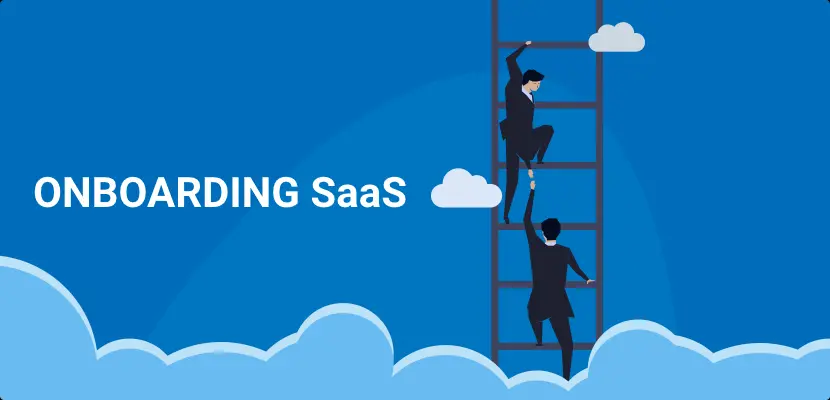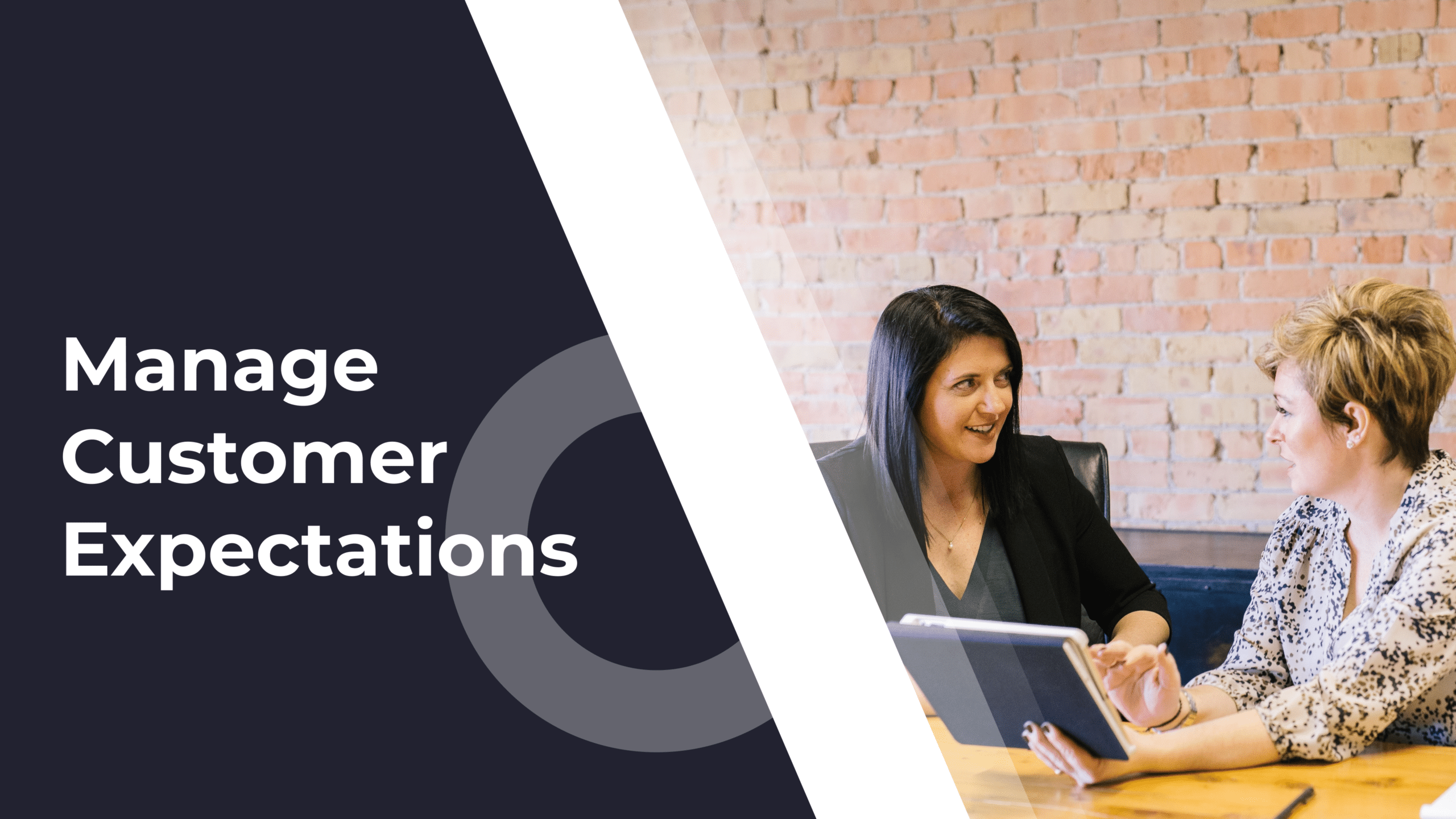When to have a meeting, when to send a message, and when to automate
The success rate on judging which touchpoint will work best in a given customer interaction lies somewhere between a crapshoot and a coin flip.
The problem is options. Most teams have a multitude—live chat, meetings, and automated messages. But each of these channels requires its own time and resource investment. That makes it really difficult to prioritize how to spend your time and energy.
A useful framework for deciding where to invest is a modified version of the ICE framework (Impact, Confidence, Ease). Basically, you can look at each channel to use for any given customer interaction and estimate how helpful it might be, and how likely you’re going to be right.
Of course, all of these numbers are going to be your best guess, but what this does is at least give you some way to compare investments in your customer interactions.
Here’s the formula:
| Potential Desired Impact * Confidence in Desired Impact |
| Time & Resources Spent |
These numbers will (and should) shift based on many things including (but not limited to) your customer, your relationship with the customer, your product, and your organization.
Take, for example, a training, which would be a form of meeting. To a savvy customer, training may be barely necessary. The impact is low. But to a customer who is new to your product or services, such a training may not be just helpful, it may be essential. In both cases, similar amounts of time and resources are spent.
Of course, we’ll help you get there. In the following sections, we’ll review live chat, virtual or face-to-face meetings, and automated messages through the lens of this equation.
Chat As A High-Confidence Channel
A 2015 study by Zendesk found that Live Chat earned the highest customer satisfaction scores at 92 percent. All that to say, chat is the industry standard for real-time support.
Thinking back to our equation, chat appears as a perennial winner with its capability to consistently deliver for customers. And it is a winner, just not in every scenario.
With chat, speed and responsiveness are critical. Without a fully staffed and well-organized team of support agents, responsiveness will suffer.
And since making a positive customer impact with chat depends on timeliness, you need to focus on speed for real-time chat support.
For example, you’re likely better off with live chat support that’s very responsive with limited operating hours than the live chat that’s slow with 24/7 operating hours.
The reason for this boils down to the fact that, if you’re unable to be responsive, regardless of how great a channel chat is, your team is not going to have its desired impact.
Meetings: Big Impact But Time-Consuming
With face-to-face meetings, you commit a lot of time. If done right, customer meetings potentially have a major upside, so it’s worth the investment.
Not only do meetings give you the best chance to build a strong relationship with your customer, but they also get you in front of stakeholders you might not otherwise interact with. The key here is to reduce the risk that a meeting goes awry and wastes time.
You can all but guarantee meeting success if you frame the meeting around your customer’s needs and goals.
For example:
Don’t Say: “Here are X, Y, and Z features we added to the product as part of our latest update…”
Do Say: “To help you manage your team more effectively, we added X, Y, and Z features…”
It’s also important to bake a lot of questions into your meeting plan. Ideally, the customer talks more than you. Poignant questions will help you discover so much about your customer: customer goals, growth opportunities, churn risks, and generally useful information about your customer market and mindset.
Lastly, be proactive about scheduling meetings. Too often customer success teams only use meetings for initial training, periodic check-ins, and renewals. Yet there are far more opportunities to have meaningful meetings.
Scaling CX With Well-Executed Message Automation
Automated messages get a bad rep, yet they’re one of the most scalable ways to provide a better customer experience.
Not only are automated messages more timely than a human, but they’re also far less expensive. After all, once implementation is done, while there is some maintenance involved, sending automated messages is essentially free. Whereas personal interactions have a linear correlation between effort and impact, automation has essentially unlimited potential.
To get the most out of it though, you must plan your automation so that it drives success for your customers. Too often, CS teams use automation to get customers off their backs (hence, the bad rep). Instead, think of automated messages as serving two main goals.
- Automated messages can proactively help customers at a speed that is impossible to achieve with humans.
- You can also use automated messages for beginning conversations with real human beings.
For example, at Hugo, we send personalized messages to users if they trigger certain types of error messages in our software. We essentially say, “Hey, saw you had an error. Can you tell us XYZ about what you were doing?” That way, they know we’re looking into the issue and can begin a dialogue with a real person if they need to.
There are many strategies for sending these kinds of messages. Tools like Custify are easy and affordable ways to scale them to incorporate into your workflows.
Chat, Meetings, Messages And Beyond
Clearly, we haven’t covered it all. You may be using Twitter, Facebook, Email, or another dozen touchpoints and channels.
Fortunately, you don’t need us to explain each of them. You can use our formula to guide your thinking. (Here’s that formula again if you missed it:)
| Potential Desired Impact * Confidence in Desired Impact |
| Time & Resources Spent |
What’s most important here aren’t perfect numbers — rather this is a helpful thought exercise. Using an equation, even when estimating, helps you zero in on the highest value activities that you can take to get the most out of each touchpoint. If your number comes up short, think about how you can apply best practices to change your numbers, for greater impact, greater confidence, or less time and resources invested.




